Next-Gen Bike Lanes
The following was originally published in our Spring 2013 Spoken Wheel newsletter.
—
BIKE LANES 2.0
The next generation of bike facilities will blow your mind

In all corners of America, we are seeing innovative solutions for bicycles on our roadways. The goal of many of these facilites is to create a safer more inviting space to get more people comfortable riding bicycles.
To share this incredible progress, we put together this quick guide for you. We hope it will inspire you to think big as we shape the future of bicycles in SLO County together!
GETTIN’ IT DONE IN SLO COUNTY
The road towards innovative spaces for bicycles in SLO County is long, but the Bicycle Coalition is in it for the longhaul. We are determined to make our communities beacons for bicycles in the golden state of California. Unfortunately, the drive and energy to pursue these successful strategies won’t come from our local leaders and government staff – it comes from you!
With your help, we can make these visions a reality. Join the Bicycle Coalition today to strengthen our voice for bicycles countywide. The more members we have, the faster we can move towards completing our bike paths and putting these innovative solutions to work in your neighborhood.

A bike box is a designated area at the head of a traffic lane at a signalized intersection that provides bicyclists with a safe and visible way to get ahead of queuing traffic during the red signal phase.
SEEN IN: Boston MA, Austin TX, Madison WI
COST: $
PROS: Greatly increases visibility of bicyclists.
Helps prevent ‘right-hook’ conflicts with turning vehicles at intersections.
Facilitates bicyclist left turn positioning during red signal.
Pedestrians benefit from reduced vehicle encroachment into the crosswalk.

On street bicycle parking spaces allow bicyclists to ride straight up to park their bicycles. One vehicle parking spot can accomodate over 10 bicycles. These corrals can be easily branded to promote neighboring businesses or areas.
SEEN IN: Long Beach CA, Missoula MT, Seattle WA
COST: $$
PROS: Decreases sidewalk conflicts between bicycles and pedestrians by preventing bicycle riding on the sidewalk and improper bicycle parking. Increases storefront visibility for businesses. One vehicle parking spot can accomodate over 10 bicycle customers.

These systems make bicycles available for shared use to individuals on a very short term basis. The short ‘check-out’ time is designed to keep bicycles in stations for users and to close the last mile of your trip.
SEEN IN: Denver CO, Kansas City MO, Minneapolis MN
COST: $$$$
PROS: Breaks down the financial, storage and maintenance barriers of bicycles. Increases bicycles on the roadway, increasing road safety for all road users. Allows people to easily try riding. Connects the last mile of public transit trips. Allows visitors to use bicycles in a city.

Colored pavement in a bicycle lane increases visibility, identifies potential areas of conflict, and reinforces priority to bicyclists in conflict areas and in areas with pressure for illegal parking.
SEEN IN: Indianapolis IN, Baltimore MD, New York NY
COST: $
PROS: Promotes the multi-modal nature of a roadway. Increases the visibility of riders. Discourages illegal parking in the bike lane. Increases bicyclist comfort through clearly delineated space. Increases motorist yielding behavior. Helps reduce bicycle conflicts with turning motorists.

Protected bikeways that are street level and use a variety of methods for physical separation from traffic. A one-way cycle track may be combined with a parking lane or other barrier between the track and vehicle travel lane.
SEEN IN: San Francisco CA, Washington DC, Bend OR
COST: $$
PROS: Dedicates and protects space for riders by improving perceived comfort and safety. Prevents double-parking. Eliminates risk and fear of collisions with passing vehicles. Makes use of existing pavement and parking lane as a barrier. Attractive for riders of all levels and ages.

Two-way cycle-tracks are physically separated spaces that allow bicycle movement in both directions on one side of the road. Also known as protected bike lanes, separated bikeways, and on-street bike paths.
SEEN IN: Boulder CO, Chicago IL, Cambridge MA
COST: $$
PROS: Dedicates and protects space for riders by improving perceived comfort and safety. Eliminates risk and fear of collisions with passing vehicles. Reduces risk of ‘dooring’. On one-way streets, reduces wrong direction travel by providing two-way movement for bicycles.

Intersection crossing markings indicate and guide the intended path of riders. They provide a clear boundary between the paths of bicyclists and motor vehicles in the aadjacent travel lanes.
SEEN IN: San Diego CA, Missoula MT, Seattle WA
COST: $
PROS: Makes bicycle movements more predictable and visible. Reinforces that straight moving bicyclists have priority over vehicles turning or entering the roadway. Guides riders through the intersection in a direct path. Reduces conflicts between bicyclists and turning motorists.

An under-crossing provides a separtaed bike path the direct links it needs to be fully connected. By bringing a path beneath the roadway it maintains the integrity and purpose as a bicycle and pedestrian space.
SEEN IN: Davis CA, Culver City CA, Pittsburgh PA
COST: $$$
PROS: Continues to separate a bike path from the roadway, allowing users to avoid the stress of riding near motor vehicle traffic. Improves safety for all users. Increases bicycle rider and pedestrian comfort. Attractive for riders of all levels and ages.

Designed to reduce or discourage thru traffic on designated bicycle boulevard corridors. Physical barriers to motor vehicle traffic or priority bicycle movement greatly increase the comfort and travel routes of riders.
SEEN IN: Berkeley CA, Palo Alto CA, Eugene OR
COST: $$
PROS: Reduces motor vehicle volumes on a bicycle boulevard. Establishes and reinforces bicycle priority by restricting vehicle through movements. Provides opportunities for landscaping, stormwater management, and other features.

A traffic control device used in combination with an existing traffic signal or hybrid beacon. Bicycle signals are used to improve safety or operational problems involving bicycles or for guidance at intersections where conflicts arise.
SEEN IN: Tucson AZ, Portland OR, Salt Lake City UT
COST: $$
PROS: Separates bicycle movements from conflicting road user movements. Provides priority to bicycle riders at intersections. Accommodates bicycle-only movements at signalized intersections. Helps to simplify bicycle movements through complex intersections and improve visibility.




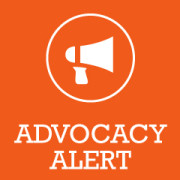
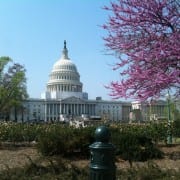

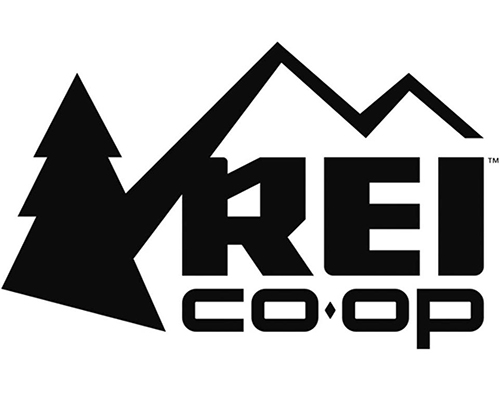
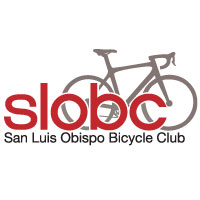
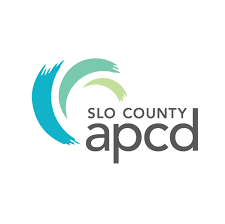






actually I think we do have a bike corral in front of Linnaea’s cafe on Garden St. in San Luis Obispo. But I can’t think of any others.
Hi Eric, we technically consider these to be ‘on-street bike parking’ vs. a ‘corral’. A corral being a space that is on the street, completely preventing a motor vehicle from occupying the space. The rack in front of Linnaea’s in downtown SLO is placed on the curb, and as such, is not a permanent occupation of the street space that bicycle parking deserves. In the future, a rack placed on the street surface with barriers to define the corral might be considered.
One thing is certain, prominent bicycle parking is good for businesses, bicycle riders, motorists and all of our towns here on the Central Coast!